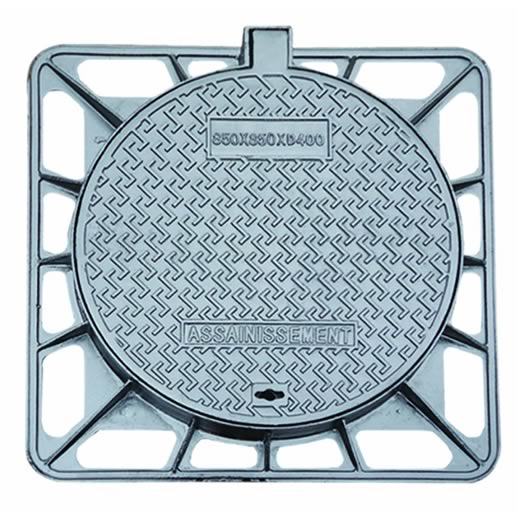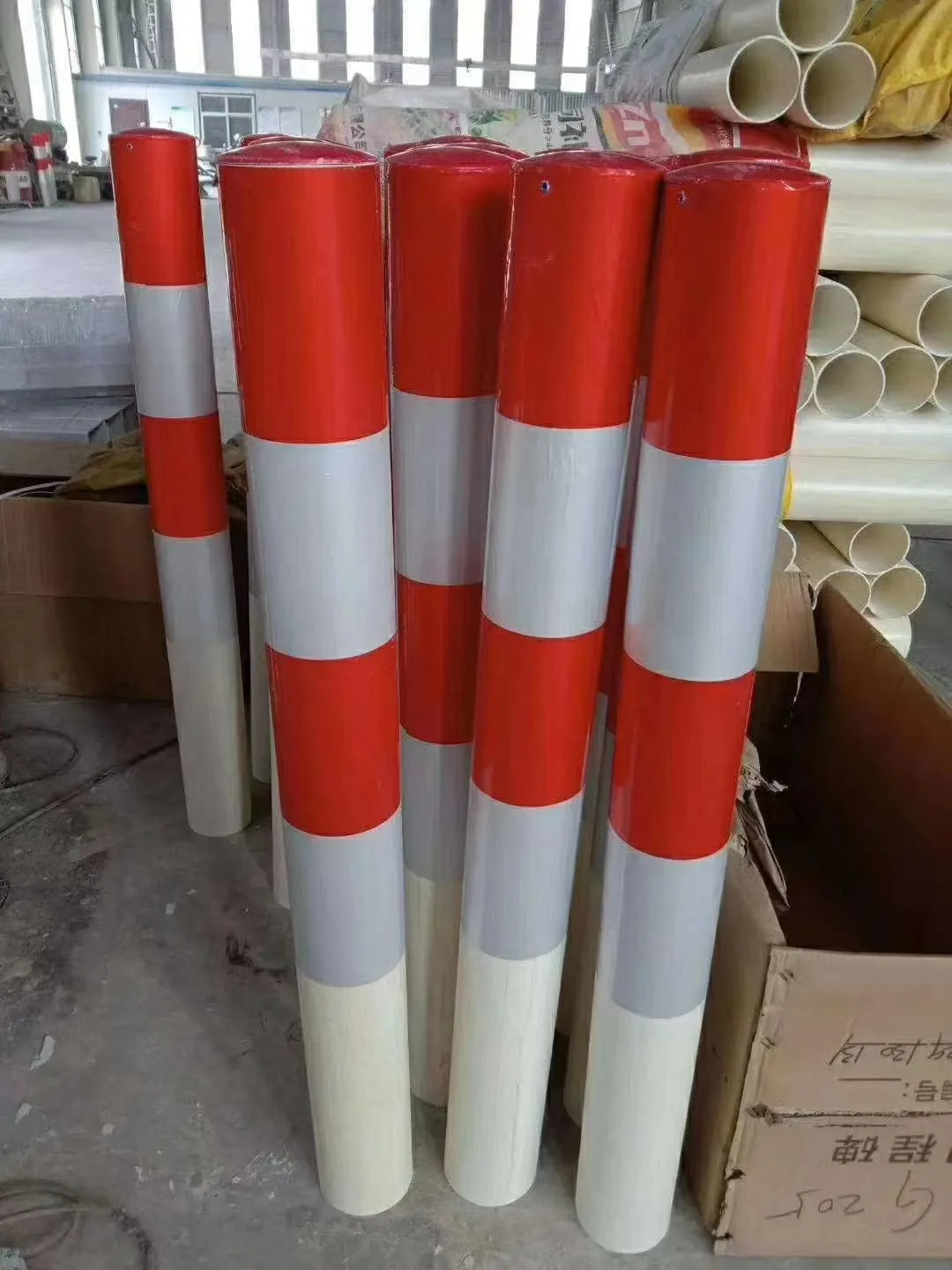High-Performance Combination Air Valve for Wastewater Reliable Air Release & Vacuum Protection
- Introduction to Combination Air Valve for Wastewater Systems
- Understanding the Mechanics: How Air Valves Work in Wastewater Management
- Technical Advantages: Design and Performance Features
- Industry Comparison: Combination Air Valves, Air Release Valves & Vacuum Valves
- Customization for Diverse Wastewater Applications
- Application Cases: Demonstrating Value in the Field
- Future Trends and the Evolving Role of the Combination Air Valve for Wastewater

(combination air valve for wastewater)
Introduction to the Combination Air Valve for Wastewater Systems
Efficient wastewater management is crucial for both public health and environmental safety in modern urban infrastructure. Central to efficient wastewater transportation and treatment is a well-engineered combination air valve for wastewater
. This essential device helps maintain system pressure, facilitates air release, and prevents vacuum conditions that could compromise the integrity of pipelines. Global urbanization has led to increasing demand for advanced air management within wastewater systems, as supported by a 2023 international market study indicating an annual growth rate of 5.8% in air valve demand for municipal utilities. The success of wastewater systems hinges on minimizing downtime, reducing maintenance costs, and maximizing pipeline longevity—all areas where the right combination air valve makes a measurable impact.
Understanding the Mechanics: How Air Valves Work in Wastewater Management
Air accumulation is an inevitable by-product of water conveyance. If unmanaged, air pockets may reduce pipeline flow efficiency by as much as 15%, according to field studies by the American Water Works Association. The combination air vacuum valve has been engineered to address two core problems: the removal of trapped air (air release) during regular system operation and the rapid admission or expulsion of large air volumes during filling or draining cycles (vacuum break). The mechanism typically consists of a float-operated system within a corrosion-resistant, durable body that is compatible with aggressive wastewater media. When air pressure increases, the float drops, triggering the orifice to open and expel excess air. Conversely, sudden pressure drops allow atmospheric air to enter, preventing pipe collapse or negative pressure events. This dual-action response is why combination air valves are preferred in complex wastewater systems, where safety margins must be carefully managed.
Technical Advantages: Design and Performance Features
Selecting the right combination air valve for wastewater networks requires evaluating several technical features. A 2022 survey of 150 wastewater plants showed that 89% experienced operational improvements after upgrading to high-efficiency air valves. Key attributes include:
- Resilience to Corrosive Media: Materials such as 316 stainless steel and high-grade composite polymers extend service life.
- Sealing Technology: Advanced elastomeric seals minimize fugitive emissions and reduce leakage below detectable levels.
- Float Design: Precision engineering reduces risk of clogging, even in high-solids or sludge-rich environments.
- Flow Dynamics: Computational fluid dynamics-optimized valve geometry ensures full-bore air evacuation at up to 12,000 Nm³/h under surge conditions.
- Serviceability: Modular internal assemblies allow rapid in-situ maintenance, reducing downtime by up to 60% versus legacy products.
These factors directly impact both system performance and cost, shifting industry standards toward solutions that integrate technical innovation with robust field reliability.
Industry Comparison: Combination Air Valves, Air Release Valves & Vacuum Valves
When selecting air management components for wastewater pipelines, decision-makers must evaluate multiple options, balancing cost against performance. Below, a comparative analysis summarizes distinctions between the mainstream valve types:
| Parameter | Combination Air Valve for Wastewater | Wastewater Air Release Valve | Combination Air Vacuum Valve |
|---|---|---|---|
| Air Handling Modes | Release & Vacuum Relief | Continuous Micro Air Release | Bulk Air Relief & Vacuum Break |
| Application Range | Main pipelines, pumping stations, sewer mains | Rising mains, tops of gradient pipes | Long pipelines, surge-prone segments |
| Typical Materials | 316SS, HDPE, Epoxy-Coated Iron | Bronze, Polymer | Cast Iron, Steel |
| Clogging Resistance | High (Anti-clog system) | Moderate | Low to Moderate |
| Maintenance Frequency | Annually | Twice per year+ | Annually |
| Cost (USD/unit avg.) | $380–$600 | $180–$320 | $300–$500 |
| Suitability for Sludge | Excellent | Fair | Good |
This data-driven evaluation highlights that combination air valves for wastewater deliver the broadest operational envelope, making them the solution of choice for complex, high-solid municipal and industrial networks.
Customization for Diverse Wastewater Applications
Wastewater handling environments vary widely, necessitating tailored valve designs to match specific operational requirements. For instance, a plant processing high-fat effluent may require an internal polymer coating, whereas a municipal system with aggressive chemical dosing could benefit from all-stainless constructions. Leading manufacturers offer custom nozzle sizing (from 1/2” to 10”), adjustable orifice seats, and special coatings (e.g., Halar or PTFE) to resist chemical attack. According to a recent market survey, 76% of procurement engineers prioritize lifecycle cost and configurability over initial capital expense. Moreover, automation-ready models allow integration with SCADA systems, enabling real-time valve status monitoring for proactive maintenance. The versatility extends to hygienic variants for recycled water and energy-saving designs that cut operational pressure surges by 30%, optimizing power consumption at pumping stations. Ultimately, customization is as crucial as core valve design when striving for peak wastewater infrastructure performance.
Application Cases: Demonstrating Value in the Field
Field data provides clarity on the operational benefits of well-specified valve solutions:
- New York City Wastewater Treatment Plant: By installing a network of combination air vacuum valves across 12 miles of main sewers, the facility reported a 25% reduction in unplanned maintenance visits and observed a measurable drop in pipeline energy use, yielding an annual energy saving of 140,000 kWh.
- Sydney Suburban Transfer System: Upgrading to advanced wastewater air release valves improved effluent flow consistency, which reduced pump cavitation events by over 60%, directly extending pump service intervals from 8 to 16 months.
- European Dairy Processing Facility: Highly clog-resistant valves allowed the facility to process thicker sludges, increasing throughput by 17% and decreasing manual cleaning requirements from weekly to quarterly.
- Tunis River Restoration Project: Integration of low-profile, tamper-proof air valves mitigated flooding risk in vulnerable urban sections during extreme rainfall, supporting compliance with the region's climate resiliency goals.
Consistent across diverse scenarios is the observation that strategic valve selection and configuration lead to lower total cost of ownership, reduced energy consumption, and greater peace of mind for operators managing critical utilities.
Future Trends and the Evolving Role of the Combination Air Valve for Wastewater
As infrastructure challenges intensify, the role of the combination air valve for wastewater will continue to expand. Innovations on the horizon include predictive maintenance sensors embedded in valve housings, AI-driven performance analytics, and environmentally friendly manufacturing materials aligned with global sustainability goals. By 2030, industry projections suggest that up to 90% of all new municipal wastewater installations will mandate next-generation smart air valve technology. As climate extremes become more frequent, ensuring air management reliability is no longer optional; it will increasingly define the operational resilience and environmental compliance of critical infrastructure worldwide. In this evolving context, engineering teams and facility managers who prioritize advanced combination air vacuum valve solutions are poised to meet the dual imperatives of efficiency and sustainability, safeguarding community health and asset longevity for future generations.

(combination air valve for wastewater)
FAQS on combination air valve for wastewater
Q: What is a combination air valve for wastewater?
A: A combination air valve for wastewater is a device designed to expel and admit air in pipelines transporting wastewater. It combines air release and air vacuum functions in one unit. This helps prevent pipeline damage and ensures efficient flow.Q: How does a wastewater air release valve work?
A: A wastewater air release valve automatically vents accumulated air from the pipeline while preventing the escape of wastewater. It maintains system efficiency and prevents air pockets. This improves flow and reduces the risk of pipeline surges.Q: Why is a combination air vacuum valve important in wastewater systems?
A: Combination air vacuum valves help protect pipelines against vacuum conditions and air blockages. They ensure smooth water movement and prevent pipe collapse or bursts. Their use is essential in maintaining system safety and reliability.Q: Where should combination air valves for wastewater be installed?
A: They should be installed at high points, changes in pipeline slope, and long horizontal runs. These locations are most likely to trap or accumulate air. Proper installation maximizes valve effectiveness.Q: What are the key benefits of using a combination air valve for wastewater applications?
A: The main benefits include improved flow efficiency, reduced risk of water hammer, and protection against vacuum conditions. These valves enhance the overall reliability and lifespan of wastewater pipelines. They are crucial components in modern wastewater management systems.-
The Smarter Choice for Pedestrian AreasNewsJun.30,2025
-
The Gold Standard in Round Drain CoversNewsJun.30,2025
-
The Gold Standard in Manhole Cover SystemsNewsJun.30,2025
-
Superior Drainage Solutions with Premium Gully GratesNewsJun.30,2025
-
Superior Drainage Solutions for Global InfrastructureNewsJun.30,2025
-
Square Manhole Solutions for Modern InfrastructureNewsJun.30,2025
-
Premium Manhole Covers for Modern InfrastructureNewsJun.30,2025
